Social media strategy
We know social media strategy can seem daunting - there are many platforms, types of content and approaches, all offering something different - so we’ve put together a quick guide to try and help you get started.
1. Choosing the right platform
From Facebook and Instagram to Twitter, Snapchat, LinkedIn, TikTok, Pinterest and YouTube - where should you be putting your energies? We’d suggest really thinking about where your customers are likely to be and what sort of content will resonate best for your business.
This Hootsuite article is really comprehensive and has some useful information about demographics and geographical spread of users on different platforms. For example 67% of Millenials visit Facebook daily compared with 53% of the younger Gen Z and 77% of Pinterest users identify as women. If you’re already using social channels you could also look at your own analytics data to see where you’re getting most traction - you can usually see where people are linking from to your site.
2. Think about the content
Some platforms are better for different types of content. For example Instagram and Pinterest are largely image based and YouTube is built around video so think about what type of content best showcases your business. Some channels are also used for purely social purposes rather than useful for show casing businesses for example if content disappears quickly like on Snapchat unless you do something very impactful that gets immediate attention it isn’t likely to be your best channel to reach customers. You can also look at data for different posts to see which are most successful - most platforms offer some feedback as to the reach of posts or you can check the number of reactions.
3. Getting a plan in place
Something we’ve found really useful to keep us on track is getting a firm content plan in place. You can start small with this - it might be deciding to post something once a month or week or you could go further and think about something more comprehensive with different channels you want to use at different times and corresponding content. There are a lot of useful articles such as this one from sproutsocial that give you ideas for posts and highlight upcoming events that you might want to centre posts around. Having a plan means you’re more likely to get consistent and higher quality content rather than making random ad hoc posts. We plan 3 months ahead and decide on the themes of our twice weekly posts in advance so we’re ready to go when we want to put content out. It can also be useful if you tend to have more free time at certain points in the week or month - you can plan up front, get your posts ready and even schedule them to be published at a certain time so that you don’t even need to think about it!
The biggest piece of advice we’d give is to really think about what you can fit into your daily business practice and stick with that. A poorly executed plan with half baked content can be more detrimental that doing nothing. Being able to post consistently at regular intervals not also provides maximum exposure at times your customers are available but also often feeds into the algorithms of social sites that work on promoting content.
4. Helpful tools to use
A lot of platforms have useful in-built tools to help you keep on track. We’ve been using Facebook Business Suite to help us streamline our process as we can schedule posts and also publish to both Facebook and Instagram at the same time. If you have more time to commit you can also use various digital marketing tools which push out to different platforms - Hootsuite, Sproutsocial and others!
We’re also big fans of Canva and we use this to help create templates that we can quickly update for different social platforms. There is a free version that comes with basic designs but for a small cost you can also access more design assets that save you time and effort and give a more professional edge to your content.
If all of this feels like too much, we do work with clients to manage their social feeds and content so do get in touch if you’re interested. We can scale up and down our services based on scale and budget. And of course as always we’re happy to provide a sounding board if you have any thoughts that you want feedback on so please do feel free to get in touch.
